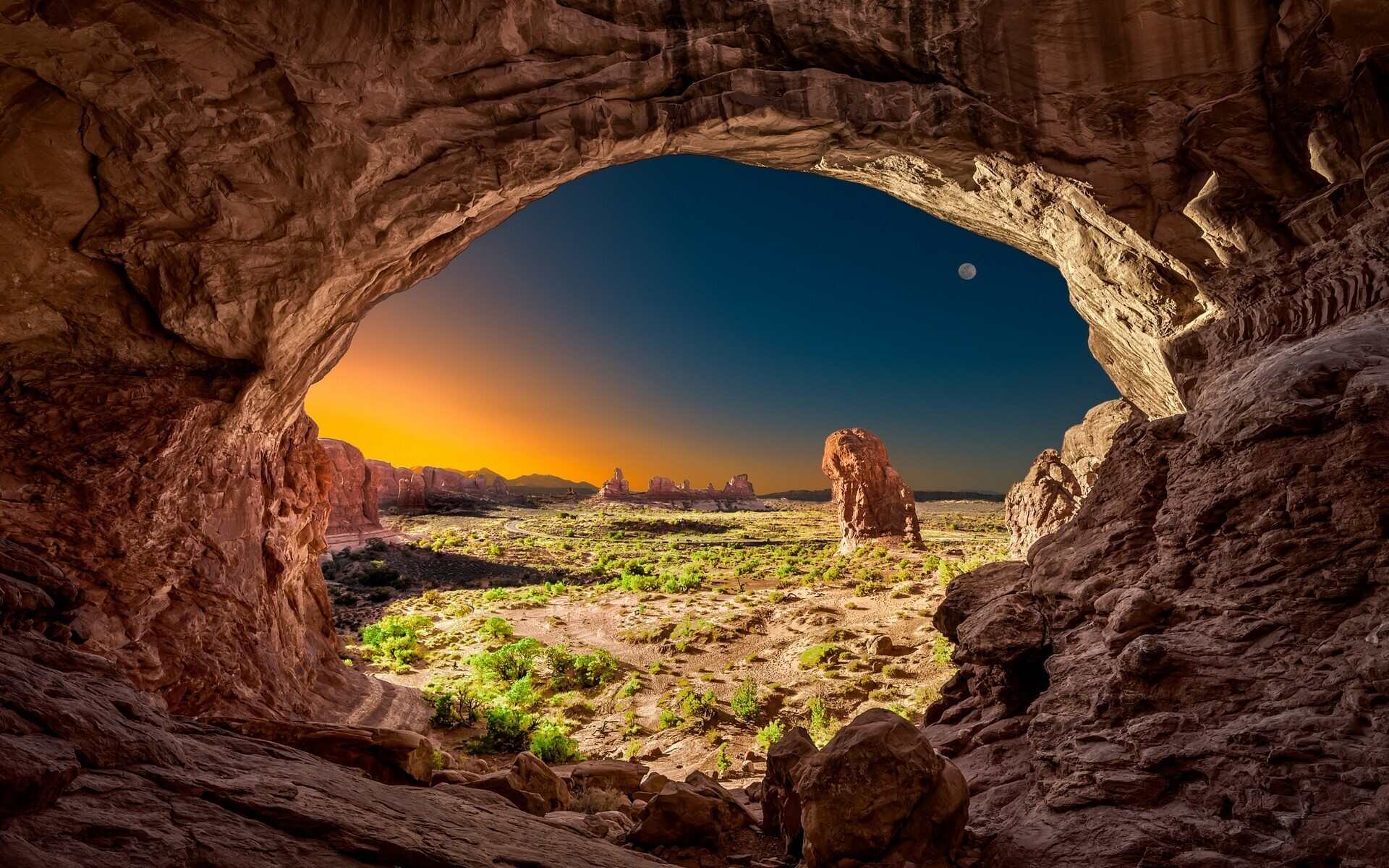
Physical features shape our world in ways we often take for granted. From towering mountains to vast oceans, these natural wonders define landscapes and influence climates. Did you know that the Amazon Rainforest produces 20% of the world's oxygen? Or that the Mariana Trench is the deepest part of the ocean, plunging nearly 36,000 feet? Physical features aren't just about size and scale; they also tell stories of Earth's history. For instance, the Grand Canyon reveals layers of rock dating back millions of years. Understanding these features helps us appreciate the planet's complexity and beauty. Ready to learn more? Let's dive into 30 fascinating facts about physical features that will leave you in awe!
Key Takeaways:
- Mountains, rivers, deserts, oceans, forests, and islands are amazing natural features that shape our planet. They provide habitats, water, and resources for diverse species, influencing weather patterns and supporting human civilization.
- From the tallest mountain to the largest rainforest, Earth's physical features are diverse and essential for life. They regulate climate, support biodiversity, and provide resources for human survival and enjoyment.
Mountains
Mountains are some of the most awe-inspiring natural features on Earth. They shape weather patterns, influence ecosystems, and provide habitats for diverse species.
- Mount Everest is the tallest mountain in the world, standing at 29,029 feet above sea level.
- The Andes is the longest mountain range, stretching over 4,300 miles along the west coast of South America.
- Mount Kilimanjaro in Tanzania is the highest free-standing mountain in the world.
- The Himalayas are still growing. They rise about 5 millimeters each year due to tectonic plate movements.
- The Rockies span over 3,000 miles from Canada to New Mexico.
Rivers
Rivers are vital for human civilization, providing water, transportation, and fertile land for agriculture.
- The Nile River is the longest river in the world, flowing over 4,135 miles through northeastern Africa.
- The Amazon River has the largest drainage basin in the world, covering about 2.7 million square miles.
- The Mississippi River is the second-longest river in North America, stretching about 2,340 miles.
- The Yangtze River is the longest river in Asia, running 3,915 miles through China.
- The Danube River flows through ten countries, more than any other river in the world.
Deserts
Deserts are extreme environments with unique adaptations in both flora and fauna. They cover about one-third of Earth's land surface.
- The Sahara Desert is the largest hot desert, covering 3.6 million square miles in North Africa.
- The Antarctic Desert is the largest desert overall, with an area of about 5.5 million square miles.
- The Gobi Desert in Asia is known for its harsh climate and rapid temperature changes.
- The Atacama Desert in Chile is the driest place on Earth, with some areas receiving no rainfall for decades.
- The Arabian Desert spans over 900,000 square miles across the Arabian Peninsula.
Oceans
Oceans cover about 71% of Earth's surface and are crucial for regulating climate, supporting marine life, and providing resources.
- The Pacific Ocean is the largest and deepest ocean, covering more than 63 million square miles.
- The Atlantic Ocean is the second-largest ocean, known for its significant role in global trade and exploration.
- The Indian Ocean is the warmest ocean, influencing monsoon weather patterns in the region.
- The Southern Ocean surrounds Antarctica and is the newest named ocean, recognized in 2000.
- The Arctic Ocean is the smallest and shallowest ocean, covered by sea ice for most of the year.
Forests
Forests are vital ecosystems that support biodiversity, regulate climate, and provide resources like timber and medicine.
- The Amazon Rainforest is the largest tropical rainforest, spanning over 2.1 million square miles.
- The Taiga or Boreal Forest is the largest terrestrial biome, stretching across North America, Europe, and Asia.
- The Congo Basin is the second-largest rainforest, home to thousands of plant and animal species.
- The Black Forest in Germany is famous for its dense woods and folklore.
- The Sundarbans in India and Bangladesh is the largest mangrove forest in the world.
Islands
Islands are unique landforms surrounded by water, often hosting endemic species and distinct cultures.
- Greenland is the largest island in the world, covering over 836,000 square miles.
- New Guinea is the second-largest island, divided between Indonesia and Papua New Guinea.
- Borneo is the third-largest island, shared by Malaysia, Brunei, and Indonesia.
- Madagascar is the fourth-largest island, known for its unique biodiversity.
- Honshu is the largest island of Japan, home to major cities like Tokyo and Kyoto.
The Wonders of Physical Features
Physical features shape our world in fascinating ways. From towering mountains to vast oceans, these natural wonders tell stories of Earth's history and evolution. Mountains like Everest challenge climbers, while rivers like the Amazon support diverse ecosystems. Deserts, though harsh, are home to unique life forms adapted to extreme conditions. Forests, the lungs of our planet, provide oxygen and shelter countless species. Even the smallest features, like valleys and plains, play crucial roles in our environment.
Understanding these features helps us appreciate the planet's complexity and beauty. They remind us of nature's power and the delicate balance required to maintain it. By learning about physical features, we gain insights into our world and the importance of preserving it for future generations. So next time you see a mountain or river, remember the incredible story it tells.
Frequently Asked Questions
Was this page helpful?
Our commitment to delivering trustworthy and engaging content is at the heart of what we do. Each fact on our site is contributed by real users like you, bringing a wealth of diverse insights and information. To ensure the highest standards of accuracy and reliability, our dedicated editors meticulously review each submission. This process guarantees that the facts we share are not only fascinating but also credible. Trust in our commitment to quality and authenticity as you explore and learn with us.
